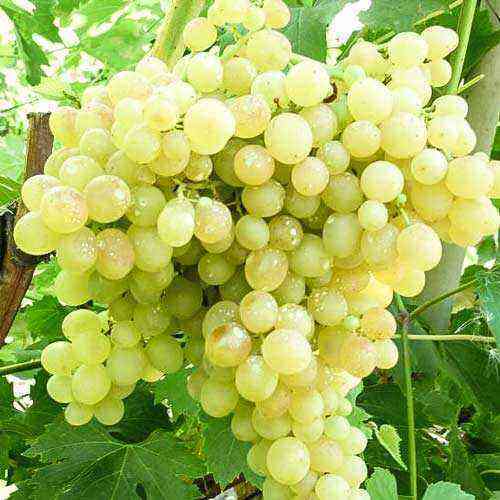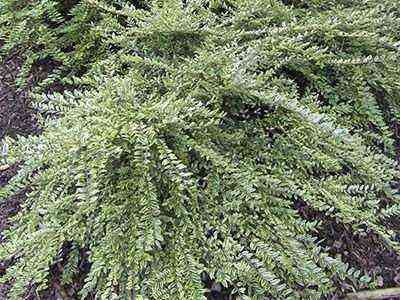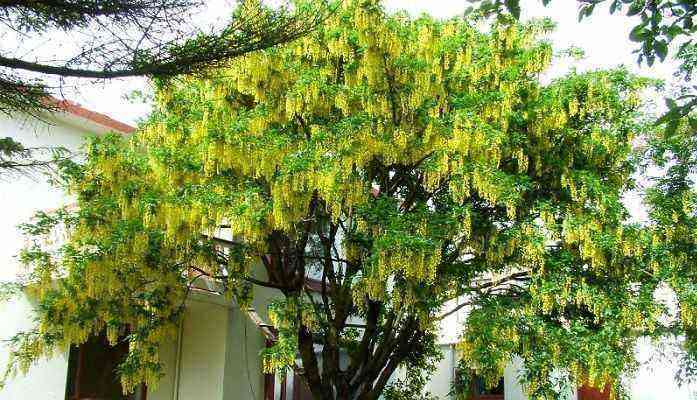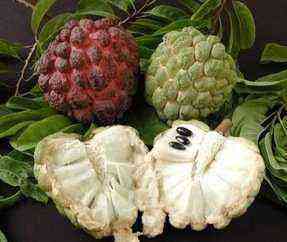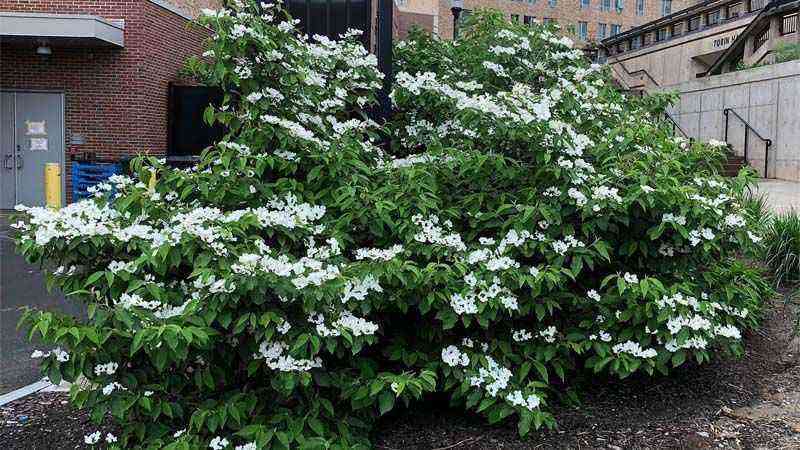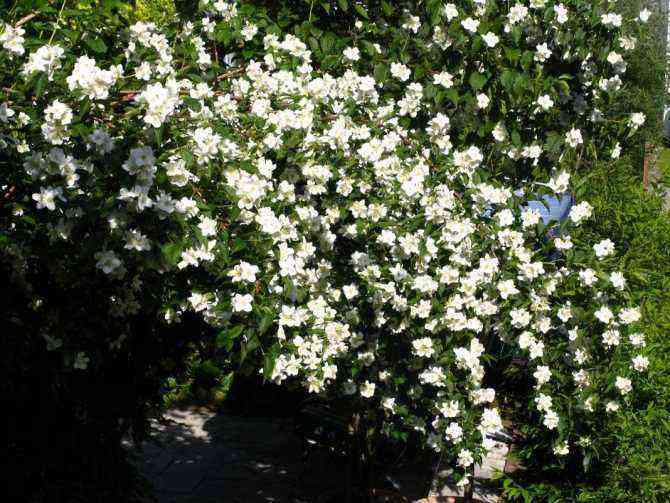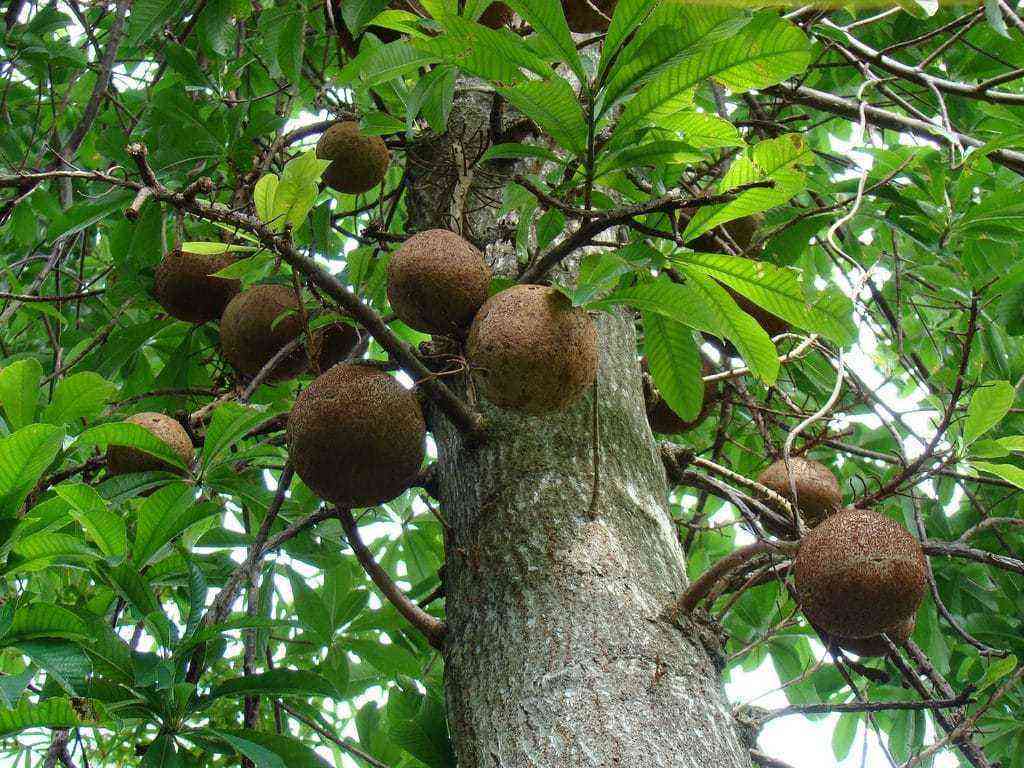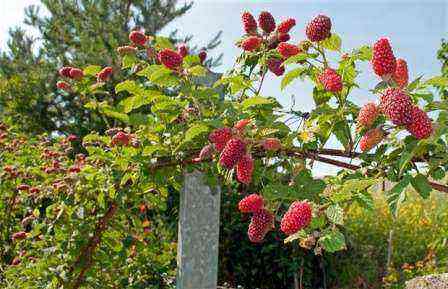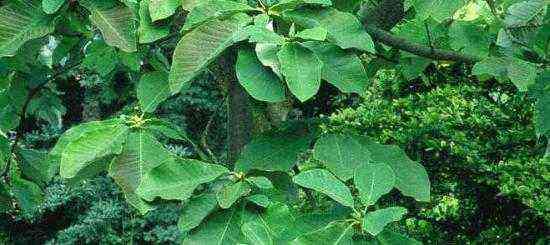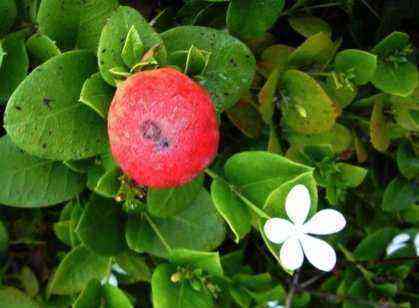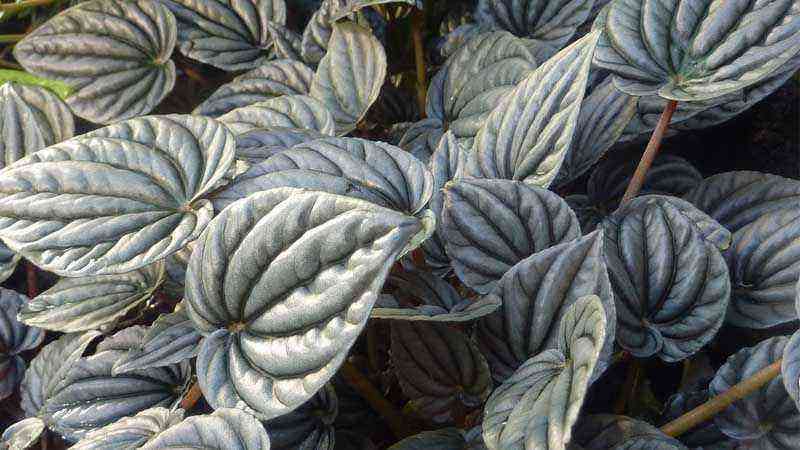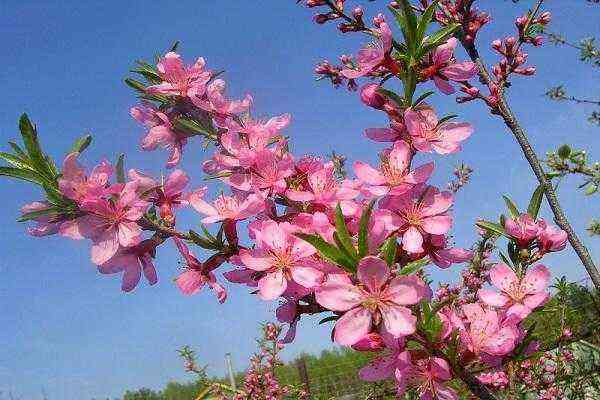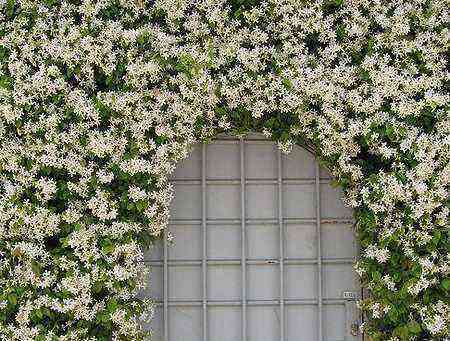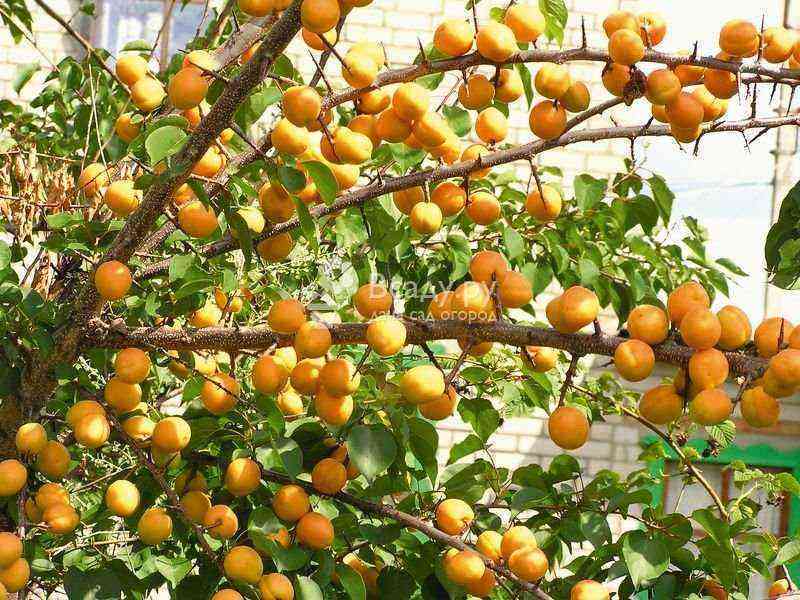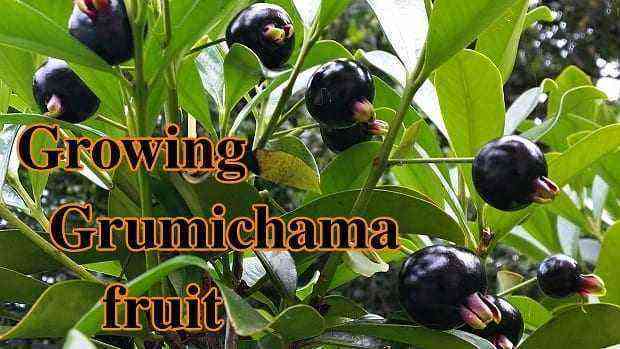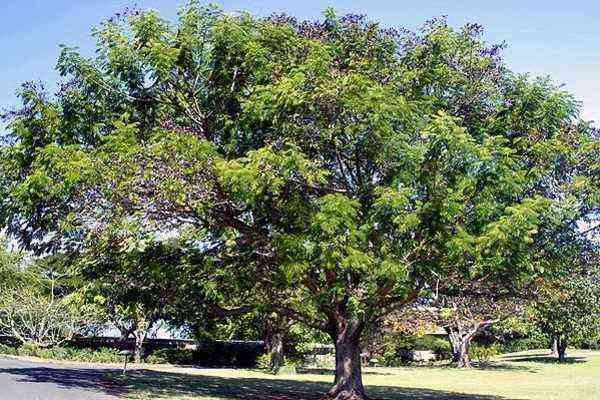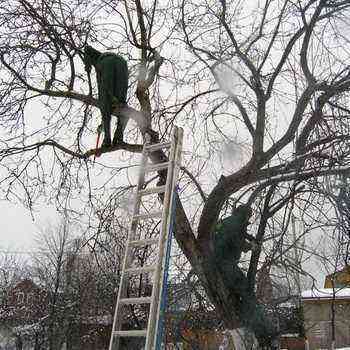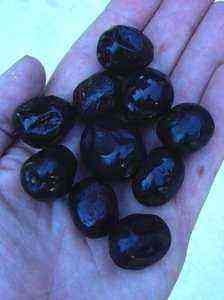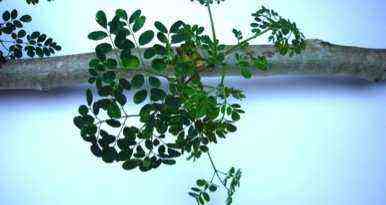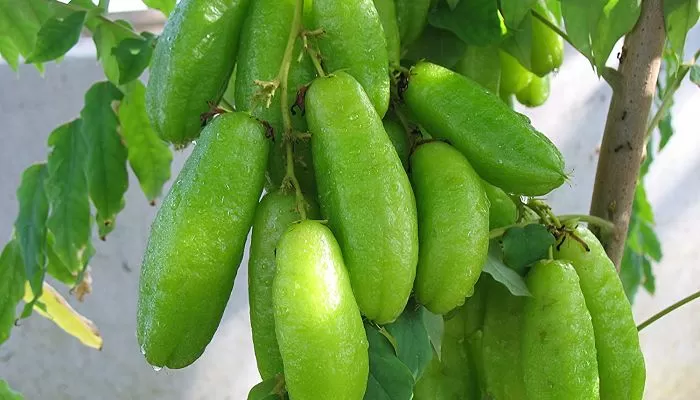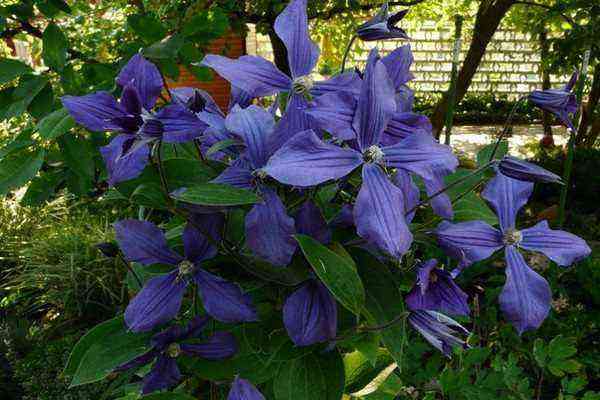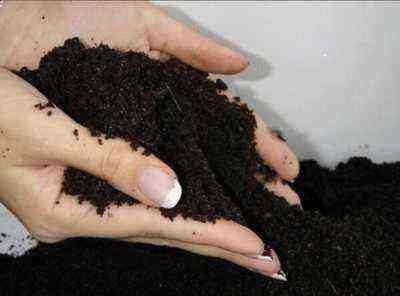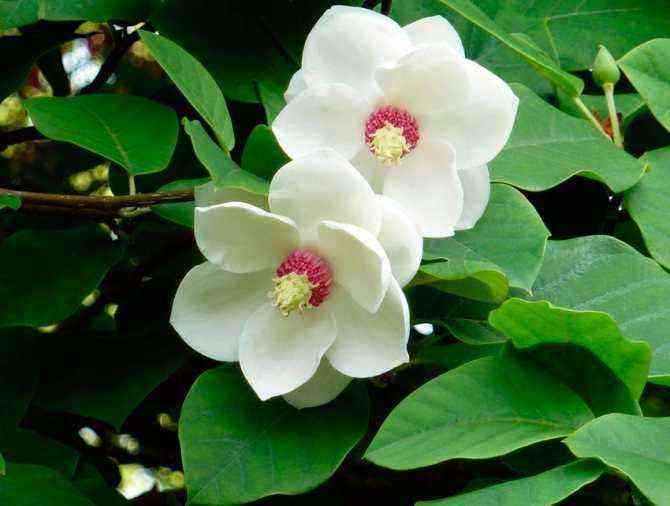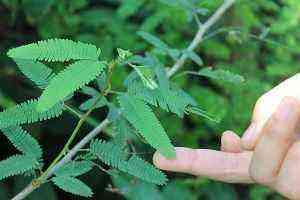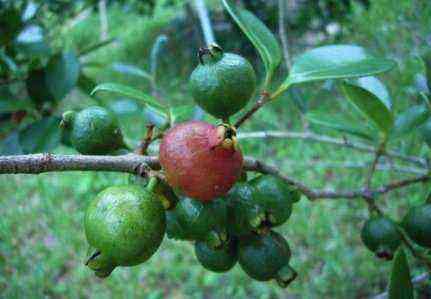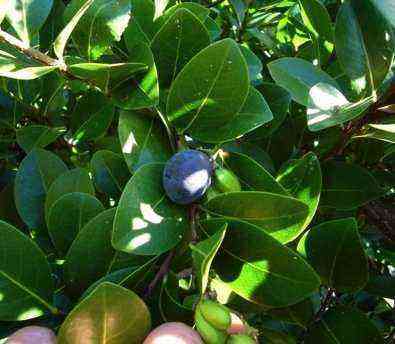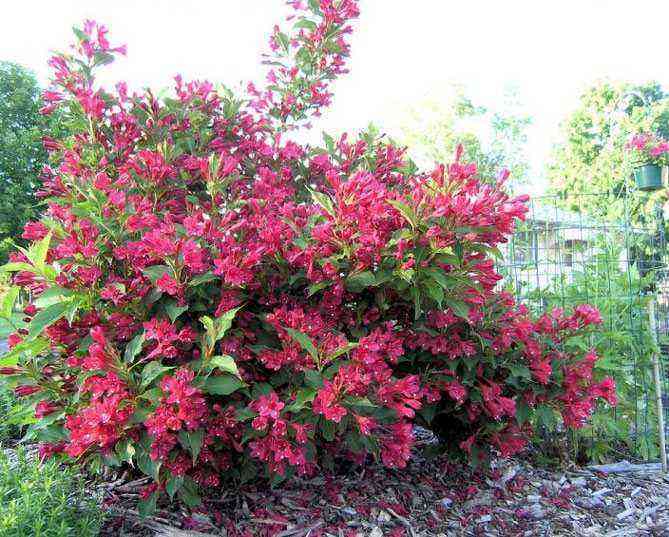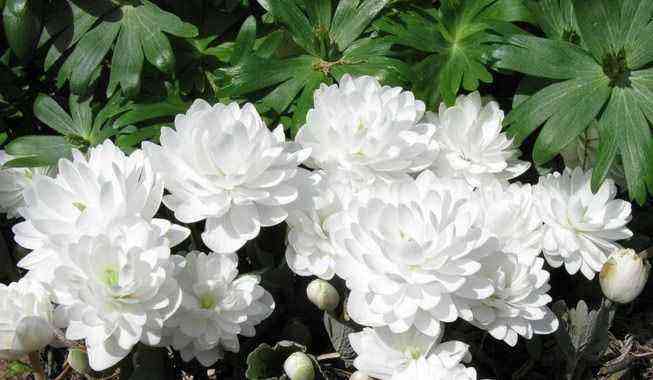The benefits and harms of grapes Kishmish 0+
Kishmish is great for baby food. There are no seeds in its berries, the skin is much thinner than that of other varieties, so it is easy for babies to chew it. In addition, it rarely causes allergies and does not provoke diathesis.
This grape variety contains much less dietary fiber than, for example, apples or pears, which is why it is recommended for consumption after various food poisoning. That is, at a time when the human gastrointestinal tract cannot cope with the digestion of foods rich in fiber.
Kishmish helps to restore the body after illness, is useful for anemia and ailments of the liver and kidneys. Eating grapes regularly will reduce the risk of blood clots and blood clots. Rice is also useful for people with impaired metabolism and poor digestion; its antimicrobial and soothing properties have also been proven.
Dried raisins or raisins are widely used in folk medicine. For example, water infused with 200 g of raisins has proven itself as a good remedy for intestinal colic in children. Only the berries need to be rinsed thoroughly before use.
Fresh berries contain about 80 kcal per 100 g, and dried – from 260 to 300 kcal, it all depends on the degree of drying.
However, excessive consumption of raisins can provoke diarrhea, flatulence, and other symptoms of food poisoning. This condition should not be ignored, since fruits containing a large amount of fructose, if consumed excessively, can seriously disturb digestion. This, in turn, threatens with possible further disturbances in the assimilation of water and food. The diarrhea that occurs in this case is treated in the same way as usual, by prescribing a large amount of water balance stabilizers.
In addition, raisins do not always go well with dairy products, especially fresh milk. The consequences are reminiscent of food poisoning.
People with diabetes should not eat raisins. Nutritionists also do not recommend it to those suffering from obesity, since the high content of fructose provokes fluctuations in blood sugar levels and increases appetite. Grapes are strictly forbidden to those who have stomach ulcers.
Grape variety Red raisins
The Red raisin variety is a whimsical crop. For a good harvest, you will have to worry about the condition of the vine during winter frosts, and also think about how to protect Red raisins from summer parasites.
Grape variety Red raisins
Characteristic of the variety
The ripening period of the variety is 113-123 days. The culture is an interspecific hybrid of the 4th class of seedlessness. The grapes are characterized by wide rooting properties and good rooting of cuttings. High vigor of shoot growth is noted.
The plant can withstand frosts down to -24 ° C. Under favorable conditions, flowering occurs in early June. Flowering is bisexual. Berry picking begins no earlier than 20 August.
Description of the vine
The vine is developing rapidly. From 25 to 35 eyes appear. The plant produces 20 to 25 shoots with a feeding area of 3-5 m².
Description of the fetus
The fruit has a medium density and a pronounced nutmeg taste. The berries are large oval in shape. The bunch is large cylindrical-conical with medium density. Weight of 1 berry is 5-6 g, bunches – up to 500-650 g. Each plant produces at least 6 kg of fruit.
Pay attention to watering and pruning the bushes. Red raisins, according to the description, need constant watering, this should not be neglected.
To avoid a possible decrease in the volume and quality of the crop, you need to take care of the timely pruning of the vines. The normal number of shoots for a hardened bush will be 20-25 vines. For younger ones, don’t leave more than 15.
Red raisins, like any grape variety, require a lot of moisture. For good growth, you need at least 35 liters of water per week. Watering breaks for more than 4 days are unacceptable. To save water, they use drip irrigation.
Before the start of harvesting, in about 2-3 weeks, it is worth giving up full watering. Excess moisture will make the fruit look watery.
Fertilizers improve plant health
In the spring, it is necessary to nourish the bush with nitrogen dressing. After a while, you can add wood vines, potash and mineral fertilizers. For healthy growth, the bush needs:
Shrub formation
When pruning, take into account the rapid growth of the vine. The pruning length should cover no more than 5-8 eyes.
Diseases and pests
The variety of raisins Red, according to the description, has a high resistance to fungal diseases. It copes well with a number of diseases and pests:
mildew;
gray rot;
oidium;
wasps and other parasites.
The best prevention for disease is following the rules of care. Timely watering and feeding reduces the risk of infection to a minimum.
The benefits of red raisins
Kishmish contains useful vitamins and minerals. The B vitamins contained in this variety have a beneficial effect on the nervous system. The berries of the culture are filled with nicotinic acid, which ensures the stability of the muscles and the entire human nervous system. The fruits contain ascorbic acid. Kishmish is able to strengthen the immune system and increase the body’s resistance to harmful bacteria.
People suffering from high blood pressure, diseases of the autonomic nervous system, cardiac arrhythmias should include raisins in the diet, thanks to the potassium it contains, which has a positive effect on the cardiovascular system.
50 photos of Kishmish grapes, features of the variety, its useful properties and contraindications
The article describes in detail what is raisin grapes, a photo of which you can see. You will find out what varieties are, and how they differ from each other. How to care for a crop during cultivation, and what are the benefits of grapes for the body if they are regularly consumed. And also why it is used in cosmetology and folk medicine.
Types and varieties of plants, appearance
The most distinctive characteristic that raisins have is the absence of seeds inside the berry. Kishmish grapes do not require special care, they grow in different conditions. The varieties tolerate sub-zero temperatures, they can be transported without the use of special conditions, equipment and processing. The berries have excellent taste. They taste like nutmeg with a fruity undertone.
There are the following varieties of grapes, which have different properties:
The presented raisins grape varieties with photos and descriptions are not the whole list of varieties of this product. There are also such varieties as Aksai, Veles, Zaporozhye, Paradise, Saratov, red flame, find, Jupiter, etc.
Far Eastern raisins are distinguished into a separate category, a photo of which you can see. People also call it the Amur gooseberry or actinidia, which in appearance resembles a kiwi, but only of a small size.
Where and how to grow
Before looking for an answer to this question, you need to understand what kind of planting we are talking about. There are unpretentious varieties, and there are grapes that require more care and specific conditions. In general, the following can be noted:
The grape prefers spacious and well-lit areas. The plant should be planted next to the support.
Place the seedlings at least 1 meter from the fence and 2,5 m from each other.
The planting process is carried out during the period of no frost, that is, in late April – early May. Planting is possible in early October, but in this case additional insulation and care is required in winter.
Grapes are very useful, and this is due to the presence of a large amount of nutrients and trace elements. The use of raisins from dark grape varieties is of great benefit to the body.
Regular use allows you to:
prevent the development of osteoporosis;
strengthen the state of the nervous system;
improve the work of the cardiac and respiratory systems;
strengthen tooth enamel and gums;
actively fight inflammatory processes that occur in the oral cavity;
strengthen immunity;
normalize the work of the gastrointestinal tract, since grapes contain less fiber than apples, pears and other fruits and berries.
Application
Kishmish is a very tasty and juicy berry that is used not only in cooking, but in various industries and spheres of human life. Let’s consider in more detail.
In cooking
Kishmish, like other varieties, is eaten fresh, grapes are put in a variety of salads, desserts, and also used for decoration. Jam and jams are made from it, which are later used as a filling for baking.
But the most important thing is that raisins of golden color are made from grapes, with a pleasant taste and unique aroma. A variety of drinks are also prepared from it: juice, compote, white and red wine.
In medicine
Decoctions and infusions are prepared from raisins to help fight cough.
Raisins from this variety are used to prepare a mixture of dried fruits, which helps to improve immunity and the functioning of the gastrointestinal tract.
Decoctions and infusions have a cleansing effect, therefore they are used to cleanse the body as a whole.
When losing weight
This is far from a dietary product, but if you eat grapes correctly, it will help to put the forms in order.
It is enough to eat 60 g of grapes per day as a separate meal. Eating raisins will help prevent excessive production of the stress hormone, against the background of which the body often begins to accumulate excess. And eating several berries a day will reduce the amount of sweets consumed.
In cosmetology
In cosmetology, grapes are used as an ingredient in a mask for skin and hair. There are many recipes for preparing these funds. Hair masks last no more than 45 minutes, and for face – 10-15 minutes.
Harm and contraindications
You should not eat raisins if you have the following diseases:
obesity of the 2nd degree;
diabetes mellitus 2 degrees;
cholecystitis;
chronic pancreatitis;
a stomach ulcer.
And also do not give it to children under one year old.
Nutrition value and chemical composition
This useful product contains:
easy to digest sucrose;
folic acid;
organic acids;
vitamins A, C, E, B;
pectins;
essential oils and various trace elements.
How to grow, care and pests and diseases
To grow raisins grapes (photos are presented below), it should be in sunny places and far from the house or other structures so that an extra shadow does not fall on it. This crop requires a sufficient amount of water, so it is worth choosing places where groundwater flows and providing additional irrigation.
This variety is susceptible to diseases such as downy mildew (mildew) and powdery mildew (powdery mildew). But with proper and timely care, problems during cultivation can be avoided.
Procurement and storage
The fruits of the grapes are stored in different ways, depending on the variety. As a rule, it is worth storing in a cool and humid place (cellar), which is also important to process before storing berries.
The main properties of White raisins grapes
Some of the varieties of grape culture came to us from the countries of the East and Asia. One of these is the White Kishmish grape. It is a dessert variety with juicy pulp and small seeds.
The main properties of White raisins grapes
Characteristic grapes
It is impossible to meet White raisins under natural conditions. The lack of seeds prevents the variety from multiplying on its own. The variety appeared as a result of mutations in other species.
Bush characteristic
The white raisin grape is one of the strongest in the world. She is long and tall. Maximum load – over 70 eyes.
The bush has hermaphrodite flowers. According to the description, 5 stamens of each inflorescence are equal in length to the pistils.
Characteristics of fruits
Bunches of White Kishmish grapes reach medium size, however, there are also large clusters with several branches. The shape of the bunches is cylindrical, with tight-fitting berries. The upper part is split in two.
The berries themselves are small. Their shape is oval, slightly elongated. Fruit color ranges from lemon to amber yellow. Occasionally, there are points of dark shades on the fruits. The pulp is covered with a translucent skin that breaks easily. From above, the skin is covered with a layer of natural wax. Caloric content is 40 kcal per 100 g of product.
Lack of variety
Despite the lack of seeds and the pleasant taste of the fruit, the White Kishmish variety has a number of disadvantages:
low level of productivity;
high vulnerability to diseases and pests;
fragility of berries;
poor transportability;
poor preservation.
Grapes of this type are used for the preparation of dried fruits. Much less often White Kishmish is used for making juice or wine.
Useful Properties
The berries of white raisins contain vitamins of groups A, C, E, PP. The presence of a large amount of minerals and acids of organic origin was also noted.
The consumption of this type of grape crop benefits the body:
prevents the progress of pathological processes affecting the kidneys and liver;
promotes the treatment of respiratory diseases;
has a diuretic and choleretic effect;
helps in the fight against nausea and heartburn;
prevents the formation of ulcers and blood clots;
reduces the risk of osteoporosis;
has a calming effect on the body, helps relieve stress.
Iron is also present in grape juice. This substance contributes to the pectin production process. This component helps to establish digestion processes, providing an antioxidant effect on the body.
Berries are good for the body
However, the benefits of consuming berries are not available to all people. There are a number of contraindications to eating the Kishmish culture of the White variety. This product is prohibited for people with diabetes, pancreatitis, cholecystitis and stomach ulcers.
Due to the content of acids in the composition of grapes of this varietal variety, it has a detrimental effect on the state of the tooth enamel. The product must not be used together with dairy and fermented milk products.
Cultivation of culture
In order to grow a good and healthy White Kishmish on the site, it is important to follow agricultural techniques. A properly planted seedling that is properly cared for will yield a bountiful harvest.
Features of planting seedlings
Planting of young seedlings of this grape variety can be carried out in autumn and spring. Both spring and fall planting are popular with gardeners.
The autumn planting of white raisins is good because the break between digging up a young vine and placing it in the soil is minimal. This can significantly reduce the risk of plant death during winter storage. However, harsh winters can also defeat a fragile and poorly rooted sprout.
It is better to plant grapes in autumn in October or at a later date. It is important to do this before frost. The seedling is protected from frost with a plastic cover. It is also buried in peat or coniferous paws.
Spring planting is carried out when stable warm weather is established, and night frosts are no longer a threat to young shoots. This season, the vines are planted from April 20 to May 20.
How to choose the right landing site
Grapes are a crop that needs a lot of light and warmth. It is planted in places open to the sun.
Bad neighbors for culture are structures located on the west or east side. If there are any, during the day, the vine will receive an insufficient amount of sunlight, which will negatively affect the ripening of the fruits.
Grapes love sunshine
You should also avoid being near trees. The powerful root system of the tree will inhibit the development of the grape root, which will lead to the death of the seedling.
The root system of grapes goes deep into the depths. For this reason, a landing site is chosen in which the groundwater is not too close to the surface. Otherwise, a retraction is made. Plant contact with groundwater leads to decay and subsequent death.
Grapes are a crop that prefers to grow in clean soil. This is the reason why you shouldn’t plant your vine near cesspools or fireplaces. Also, the landing should be fenced from the road to avoid contact with a large amount of dust.
Landing algorithm
If the gardener wants to get a healthy vine as a result, the following sequence of actions is used when planting:
Dig holes 0,7 x 0,4 x 0,8 m (depth, width, length).
At the bottom of each hole, lay a layer of ash mixed with superphosphate.
Lay a layer of drainage material: crushed stone, gravel, expanded clay.
Place a layer of potting soil consisting of fertile soil, sand and humus.
On the southern side of the hole, install a pipe about 1 m long and at least 5 cm in diameter.
Strengthen the pipe with gravel, cover with soil and compact well.
To the north of the pipe, make a small hill of fertile land.
Place a vine seedling in the center of the embankment, tilting it south of the pipe.
Fill up the hole.
With this planting method, according to the description, the sprouts will be watered directly from the installed pipes. This arrangement of the elements allows moisture to reach the root system without problems.
Basic rules of care
Correct care of the White Kishmish crop is no less important than planting in the soil. It is possible to get a bountiful harvest only with painstaking cultivation of vines in compliance with agricultural technology.
Watering mulching and loosening
White Kishmish, like any other type of this culture, requires at least 30 liters of liquid per week. The pause between soil moisture should not exceed 4 days.
Watering is stopped 2-3 weeks before and during harvesting. At this stage, you only need to slightly moisten the soil by spraying.
Mulching allows you to reduce the time spent on loosening and weeding the area. It is important for the procedure to use a proven, specially processed material.
Kishmish 342 (Hungarian) – description, characteristics and care of the variety: soil preparation, planting, feeding, pruning, shelter.
At the moment, Kishmish 342 is one of the most popular varieties among winegrowers. It is known for its lack of seeds, bountiful harvest, and sweet berries. To grow this variety, it is enough to familiarize yourself with the features of its cultivation and follow the rules of care, which even a novice gardener can handle.
The history of cultivation and description of the grape variety Kishmish 342
Grape Kishmish 342, which is also known as GF 342 or Hungarian Kishmish, is a relatively young variety. At the same time, he earned the trust of gardeners. The variety was bred by Hungarian breeders by crossing Villars Blanc and Perlet Sidlis.
For grapes GF 342, an early ripening period is characteristic: from the moment of budding to technical maturity, about 110-115 days pass.
The technical maturity of grapes is determined by the suitability of the crop for fresh consumption or for the preparation of a particular product.
The bunches are distinguished by their ability to graze right on the bush. To do this, they must be twisted. Kishmish 342 is endowed with a high yield, up to 20-25 kg per bush, as well as stable fruiting. This grape is distinguished by its great vigor and good ripening of the vine. To cover the shrub for the winter, you have to work hard, since the vine in this variety of culture is quite elastic. Frost resistance of GF 342 reaches -26˚С.
Video (click to play).
Hungarian kishmish is distinguished by abundant harvests and delicious berries
Characteristics of the grape variety Kishmish 342
The grapes form clusters weighing 0,5-0,6 kg, but if desired, you can get larger ones (up to 1,5 kg) by resorting to the appropriate molding. The berries are characterized by an egg-shaped shape and a golden-green color. Fruit sizes reach 15-18 mm and weight 2-3 g. Hungarian Kishmish belongs to the third class of seedlessness: there are practically no rudiments in the berries.
All raisin grape varieties according to the size of rudiments (underdeveloped seeds) are classified into 4 groups according to the class of seedlessness.
The pulp of the variety in question is juicy and fleshy, with a pleasant harmonious taste and light shades of nutmeg. The sugar content of the berries is about 20%, and the acidity is not more than 8 g per 1 liter.
In the sun, the skin of the berries becomes pink.
GF 342 has a number of advantages:
resistant to fungal diseases;
unpretentious;
it can be grown in regions with unfavorable climatic conditions;
has good transportability and can be stored for up to a month;
successfully used for the manufacture of baby food.
However, the variety also has some disadvantages:
loses its presentation with a long stay on the bush;
needs shelter for the winter;
the wrong approach to the formation of the bush affects the quality of the crop, small berries are formed with the content of seeds and rudiments.
Video: review of grapes Kishmish 342
Features of planting and growing varieties Kishmish 342
For planting grapes, choose a spacious and well-lit area located on the east or west side of the house. A distance of at least 1 m is left between the plants and the support, and 3 m between the seedlings.
Soil preparation and planting of grapes
The culture loves nutritious soil, therefore, before starting to plant it, it is necessary to prepare the soil mixture. This will require 2 buckets of humus and 0,5 kg of wood ash and superphosphate. A fertile layer of earth is also used, which is formed when digging a hole. Before introducing all the components into the pit, they are thoroughly mixed.
Planting grapes GF 342 can be carried out both in autumn, before the start of frost, and in spring. The process consists of the following steps:
Dig a landing hole.
A planting pit for grapes should be 1 m deep and 0,5 m wide
Expanded clay or crushed stone is poured into the planting pit as drainage
A pipe is inserted into the planting hole, which will be used for watering the bush.
After planting, the soil around the grapes is mulched and the plant is cut into 2 eyes
Mulching inhibits the growth of weeds and prevents rapid evaporation of moisture. Reeds, straw, manure, compost can be used as mulch.
How to care for raisins
After planting GF 342 seedlings, care is reduced to regular watering, loosening the soil, feeding and processing against pests and diseases.
In the spring and in the first half of summer, the culture needs additional nutrition with nitrogen fertilizers. You can also use organic matter, not just mineral fertilizers. Before flowering, it is recommended to process the bushes by the foliar method using the complex Plantofol. In order for the fruits to form normally, in the second half of the summer period, fertilizing with phosphorus and potassium is required, and nitrogen nutrition is stopped. During the flowering period, the grapes are treated on the leaf, for example, with the Ovary preparation. Some growers use gibberellin, which is a highly active biostimulant, to increase the density of the cluster and increase the fruit.
In spring, grapes need additional dressing before and during flowering, as well as in summer for the normal formation of berries
Special attention should be paid to watering in the summer. In hot weather, the bushes are irrigated every 3 days. The volume of water largely depends on the type of soil: on chernozems, the consumption should be 30% less than on sandy soils. Under one bush, you need to pour about 15 liters of water. Before harvesting, watering is reduced to once a week.
Watering grapes is usually done through special pipes, but drip irrigation is considered the best method.
In the process of forming Kishmish 342 grape bushes, an average pruning of 6 buds or a long one for 10 buds is carried out. During the summer, it is necessary to remove stepchildren and shoots that thicken the bush, since the variety is prone to overgrowth. Do not leave more than 1-2 brushes on one shoot. Otherwise, the berries will be small.
Video: how to form a fruit link
Shelter for the winter
If the grapes were planted in the fall, then a plastic bottle (5 l) with a cut bottom can be used to protect against winter cold. The seedling is watered, covered with a container and sawdust is poured through the neck. Then slightly twist the cork and spud the bottle. The procedure is carried out in dry and sunny weather, when the air temperature drops to + 3-4–С. Under such a shelter, your seedlings will overwinter without any problems.
The next year, spruce or pine branches are used for shelter. They are lined around the grapes, and the vine is bent down from above, after having done pruning. The bush is also covered with branches and plastic wrap, slightly pressing it along the edges.
The bush is covered with branches when the temperature drops to 0˚С
Warming of grapes is necessary to protect not from low temperatures, but from their drops, as well as icing of the root system. The shelter allows you to keep the bush in dry conditions.
Diseases and pests
Despite the fact that Kishmish 342 is considered quite disease resistant, many growers still treat it with fungicides. This ensures 100% protection of the bushes. After pruning, you need to inspect the bushes for infection with diseases. In addition, the plants must be thinned regularly.
In spring, plants are treated with Bordeaux liquid, or with special biological products, such as Fitosporin, Trichodermin, Aktofit
In addition to diseases, pests often damage the culture. The sweet berries of Hungarian Kishmish attract the attention of wasps. To protect against insects, the bunches are placed in mesh bags or wrapped in gauze. The considered variety can also be damaged by leafworms, May beetle larvae, and spider mites. Ticks lay their eggs in the soil near the roots and entangle a vine bush with cobwebs, which leads to the formation of deformities, and in the worst case, the death of the bush. If a parasite is found, it is treated with chemicals (BI-58, Aktellik, Omayt, Fufanon).
You can find a tick on grapes by the presence of dark spots on the back of the leaf.
The leafworm butterfly itself is harmless to grapes, but their caterpillars damage leaves, parts of the vines and berries. If you do not react to the appearance of the pest in time, the loss of the vineyard is possible up to 75–90%. Prevention is carried out by Confidor, Decis, Fufanon. May beetle does not do any harm, but its larvae damage the rhizome by feeding on tissues. The appearance of a pest can be judged by the disease of the bush for no reason. As control measures, they resort to soil treatment with insecticides Diazin, Grom-2, Bazudin to a depth of 5-7 cm.
The leafworm butterfly is harmless, but the caterpillar damages leaves, parts of vines and berries
Reproduction
Kishmish 342 is propagated by:
The layering method is used in spring and autumn. To do this, dig a trench near the bush up to 0,5 m deep, add nutrients as when planting, and then bend the one-year-old vine from the bottom of the plant, sprinkling it with soil. At the end of the procedure, abundant watering is carried out. If the shoots germinate, then in the future they can be planted as separate bushes.
Only a few tops of the shoots with leaves and growth points need to be left above the ground.
The method of propagation by grafting is the engraftment of the cuttings on an old vine. It is recommended to choose a disease-resistant mother shrub. The grafted seedling is inserted into the split on the mother trunk, after which it is wrapped with plastic wrap. The success of the event depends on the quality of the stock, that is, the bush on which the grafting is carried out.
Propagation of grapes by grafting is carried out by placing the scion in a split on the mother trunk (rootstock)
If preference is given to cuttings, then the material is harvested in the fall. Cuttings are cut at an angle of 45˚, after which they are processed in a solution of ferrous sulfate, and rooting is carried out in February – March. Planting material must be of good quality: green cut and eyes, brown bark. After the cuttings are selected, they are soaked in potassium permanganate, and then in water with honey.
In the spring, cuttings of Kishmish 342 are planted in pre-prepared containers, for example, in plastic bottles.
Then the material is planted in containers of suitable size, providing the necessary care: periodic watering, loosening the soil, pinching and removing the inflorescences. Before planting in open ground, the seedlings are hardened, for which they are taken out into fresh air.
What species does it belong to?
Variety Kishmish 342 belongs to the group of very early varieties. Full maturation occurs within 105-115 days from the appearance of the first ovaries to harvest. It is a wonderful table white grape variety with excellent taste and beautiful appearance.
Among the very early varieties, you should pay attention to White Muscat, Julian and Gordey.
Grapes “Kishmish 342”: description of the variety
Kishmish 342 is a very tall and overgrown variety. Requires proper pruning and does not like thickening.
Ripening of shoots is good when pruned by 7-8 eyes. The number of fruitful shoots is more than 80% per bush. It is better to leave 2-3 clusters on one shoot. The vine ripens along its entire length.
The clusters are small, about 400-600 grams, conical in shape, rather dense. With a large formation of the bush, the bunches can reach 1,5 kg.
This variety has a high sugar content and low acidity. The pulp is firm, juicy and tender, with a pleasant, slightly nutmeg flavor. The skin is very thin, but dense, with a slight waxy coating.
Bianca, Aladdin and King Ruby are also high in sugar.
More details about the grape “Kishmish 342” can be seen in the photo below:
History of breeding
Kishmish 342 is a relatively young variety, but has already earned the trust and love of gardeners. It was bred in Hungary, by crossing the early Perlet raisins and the late technical varieties Villars Blanc.
Due to its early ripening and increased winter hardiness, Kishmish 342 is excellent for growing in difficult climatic conditions.
Characteristics
Kishmish 342 is a very fruitful and frost-resistant variety. In a temperate climate, of course, it requires shelter for the winter, but it can withstand a drop in t to -26-27 C. With proper care, you can get up to 20-25 kg of berries from one bush.
It tolerates transportation well and can be stored for about 3-4 weeks. The only condition is to harvest the bush on time, because it loses its taste and is severely damaged by wasps.
Such varieties as Nadezhda AZOS, Bazhena and Krasa Balki do not lose their qualities during transportation.
Peculiarities of growing
First you need to decide on the landing site. A warm, well-lit place is perfect for growing this variety, preferably near the wall of a house, a barn, or along a fence.
The seedlings are placed at a distance of about 1 m from the support and 3-4 m from each other. Planting is best done in April-May, when the weather is more or less warm.
The seedling pits should be at least 70 cm deep and about 80 cm in diameter.
A small layer of drainage is placed on the bottom of the prepared hole, a layer of sand, turf and humus is added on top. A support peg is dug in, the seedling is carefully placed and sprinkled with the remaining earth.
Immediately after planting, the plant is well watered and pruned into 2 eyes.
Do not forget about thorough mulching of the soil after watering.
In July, it is necessary to carry out preventive treatment against diseases and feed the seedlings with phosphorus-potassium fertilizers. About 3 months after planting, pinch the top of the shoot.
Kishmish 342 practically does not suffer from fungal infections, but is often attacked by pests.
Diseases and pests
This variety is resistant to most grape diseases, provided that preventive treatment is carried out on time. Due to the early maturity of Kishmish 342, it simply does not have time to become infected with mildew or oidium, but the risk of contracting other unpleasant diseases remains.
In the spring, it is advisable to treat the plant with a solution of Bordeaux mixture or special biological preparations. It is necessary to carry out pruning correctly, preventing infection from entering the wound, and not allowing the bush to thicken.
You should also not neglect the prevention of diseases such as rubella, bacterial cancer and chlorosis, as well as anthracnose and bacteriosis.
Unfortunately, in addition to diseases, there is a risk of damage to grapes by wasps, as well as the possibility of attack by other dangerous pests.
Various traps and sprays can be used to protect the crop from wasps. An effective means of control is a weekly sprinkling of berries with table vinegar or fumigation with smoke from a fire. Traps filled with sugar syrup with added chlorophos help a lot.
You can try to put thin gauze bags on each bunch, but there is a risk of berry rotting from lack of oxygen. Perfectly destroys osboric acid sprinkled on honey or jam baits.
The spider mite is clearly visible on the lower part of the leaf.
Its appearance can be recognized by the presence of small black dots. Processing should be started immediately, avoiding the formation of cobwebs on the leaves.
For this, both insecticides and various alternative methods can be used.
The leafworm caterpillar damages the leaves, shoots and berries of grapes. This insect can cause significant damage to the vineyard. Therefore, it is necessary to carry out timely treatment of the bush with insecticides.
May beetle larvae live in the ground and damage the roots of grapes. In order to prevent their appearance, the ground is carefully dug up before planting, checked for the presence of humus larvae and the root system of the seedlings.
The appearance of these pests can be seen in the general condition of the plant. If the grapes begin to hurt for no apparent reason, then it is necessary to carry out deep soil cultivation with special insecticides.
It is very easy to care for and does not require any special knowledge or experience. This is a great variety with many advantages.
Growing it will not be difficult for beginners in gardening. And the unforgettable taste and beauty of this grape will not leave anyone indifferent.
Velika, Ataman and Romeo also have excellent taste.
